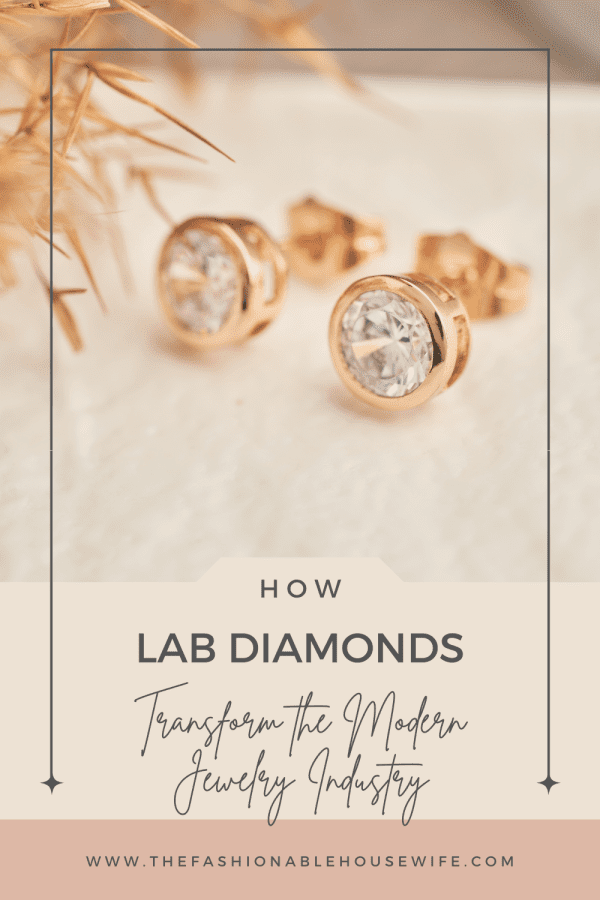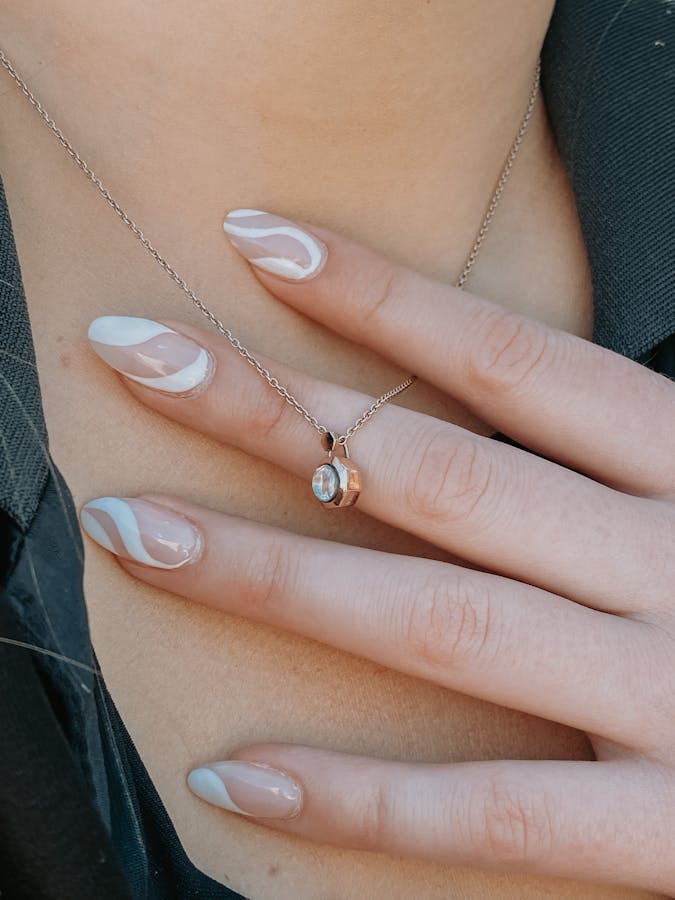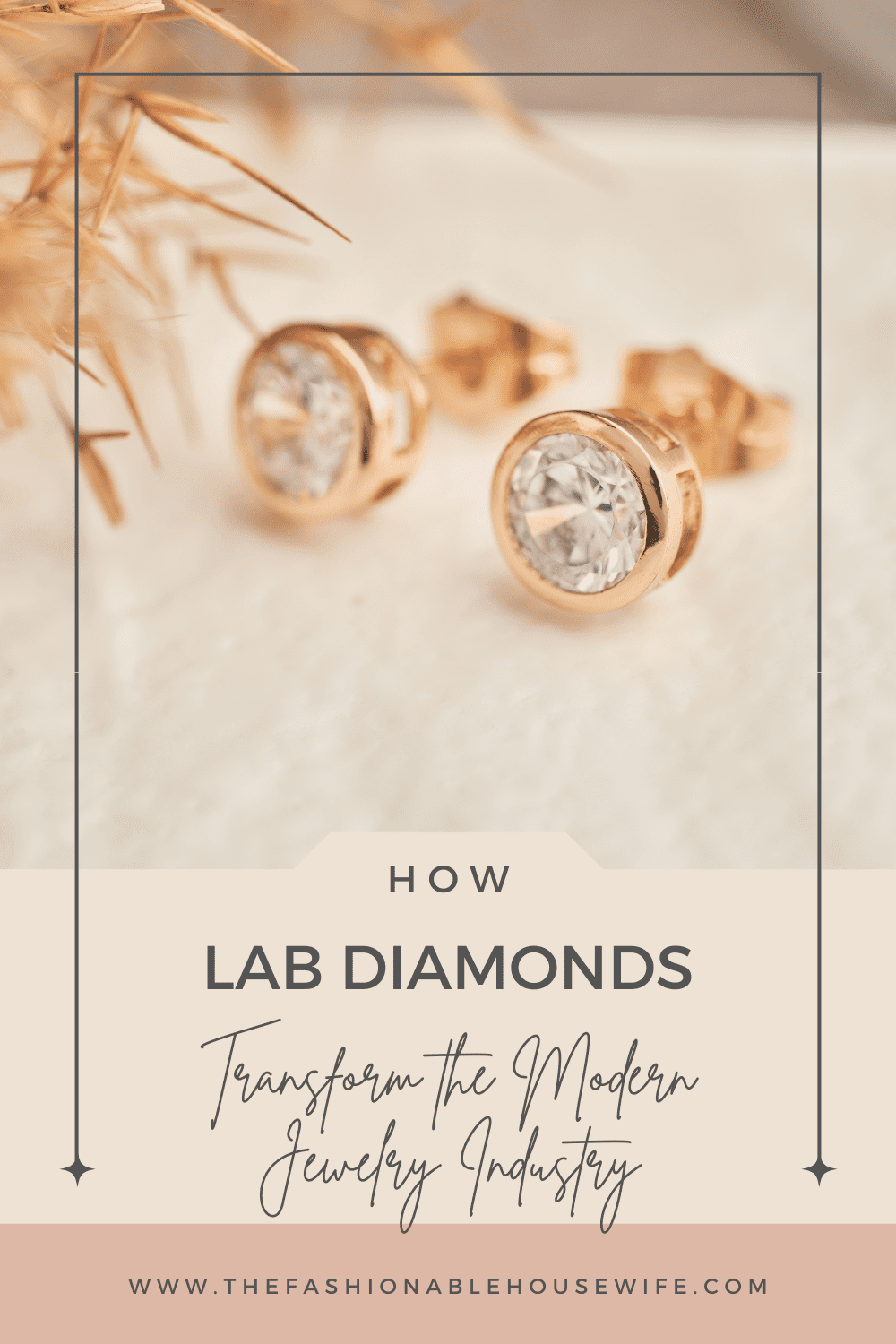How Lab Diamonds Transform the Modern Jewelry Industry

For centuries, diamonds have symbolized love, luxury, and status. Their allure has been fueled by their rarity, hardness, and brilliance. However, in recent years, a new contender has emerged, challenging the traditional diamond industry: lab-grown diamonds. These synthetic gems, created in controlled laboratory environments, are rapidly gaining popularity among consumers seeking ethical and sustainable alternatives.
Lab-grown diamonds are not merely imitations. They possess the same chemical composition, physical properties, and optical characteristics as their natural counterparts. In fact, they are indistinguishable from natural diamonds to the naked eye. But what sets them apart is the process by which they are created. While natural diamonds form deep within the Earth over millions of years, lab-grown diamonds are produced in a matter of weeks using advanced technology.
Understanding Lab-Grown Diamonds
One of the most significant advantages of lab-grown diamonds is their affordability. Because they bypass the complex and costly processes involved in mining and distribution, lab-grown diamonds can often be purchased at a fraction of the price of natural diamonds. This has made them accessible to a wider range of consumers who may have previously been priced out of the diamond market.
However, the perception of authenticity and value remains a key concern for some consumers. While lab-grown diamonds are undeniably real diamonds, their lack of a natural origin can raise questions about their worth. Some people may still associate value with the rarity and geological history of natural diamonds. Nevertheless, as more consumers become aware of the ethical and environmental benefits of lab-grown diamonds, their acceptance as a valuable and desirable alternative is steadily growing.
The Environmental Impact
The environmental impact of diamond mining has long been a source of controversy. Traditional mining practices can lead to deforestation, habitat destruction, and water pollution. In addition, the mining process is often associated with human rights abuses and child labor. Lab-grown diamonds, on the other hand, offer a much more sustainable and ethical alternative.
By eliminating the need for mining, lab-grown diamond production significantly reduces the carbon footprint associated with the jewelry industry. The manufacturing process requires far less energy and resources compared to traditional mining. Furthermore, lab-grown diamonds do not contribute to the depletion of natural resources or the destruction of fragile ecosystems.
Statistics on energy use and sustainability efforts in lab diamond production further highlight their environmental benefits. Studies have shown that the carbon footprint of lab-grown diamonds can be up to 98% lower than that of mined diamonds. Additionally, many lab diamond producers are committed to using renewable energy sources and implementing sustainable practices in their manufacturing processes.

Consumer Trends and Preferences
The growing demand for ethical and sustainable products, particularly among women, is a driving force behind the popularity of lab-grown diamonds. Consumers are increasingly conscious of the social and environmental implications of their purchasing choices. They are seeking products that align with their values and contribute to a more sustainable future.
Lab-grown diamonds perfectly cater to this trend. Their ethical production process and reduced environmental impact make them a compelling choice for consumers who want to make a positive difference. As more people become aware of the benefits of lab-grown diamonds, we can expect to see a continued shift towards these synthetic gems in the jewelry market.
Market trends also indicate a growing preference for lab-grown diamonds. Projected market growth rates for lab-grown diamonds are substantial, suggesting a bright future for this industry. Additionally, consumer demographics are expanding to include younger generations who are more likely to embrace sustainable and ethical choices.
Innovations and Design Trends
Technological advancements in lab-grown diamond production are constantly improving the quality and affordability of these synthetic gems. Recent innovations have led to the creation of larger, more flawless diamonds with exceptional brilliance. This has opened up new possibilities for designers and jewelers who can now incorporate lab-grown diamonds into a wider range of styles and settings.
In 2024, lab-grown diamond jewelry is characterized by a variety of popular design trends. Personalization and customization options are increasingly in demand as consumers seek unique and meaningful pieces. From engraved initials to custom-cut stones, lab-grown diamonds offer endless possibilities for creating one-of-a-kind jewelry.
Collaborations between lab-grown diamond producers and luxury brands are also pushing the boundaries of design. High-end designers are incorporating lab-grown diamonds into their collections, demonstrating their acceptance and appreciation for this innovative alternative. These collaborations have helped to elevate the perception of lab-grown diamonds and position them as a luxury choice.

The Future of the Jewelry Industry
The rise of lab-grown diamonds is poised to have a profound impact on the jewelry industry. As consumer preferences continue to lean towards sustainability and ethical choices, lab-grown diamonds are likely to become an even more dominant force in the market.
While the traditional diamond industry may face challenges, it is important to note that there is still a demand for natural diamonds. Many consumers continue to value the rarity and geological history of these stones. However, the growing popularity of lab-grown diamonds is likely to reshape the landscape of the jewelry industry, forcing both natural and synthetic diamond producers to adapt to changing consumer preferences.
In conclusion, lab-grown diamonds are transforming the modern jewelry industry. Their sustainability, ethical production, and innovative design options make them a compelling choice for consumers seeking a more responsible and sustainable alternative to traditional diamonds. As awareness of lab-grown diamonds continues to grow, we can expect to see a significant shift in the jewelry market.

